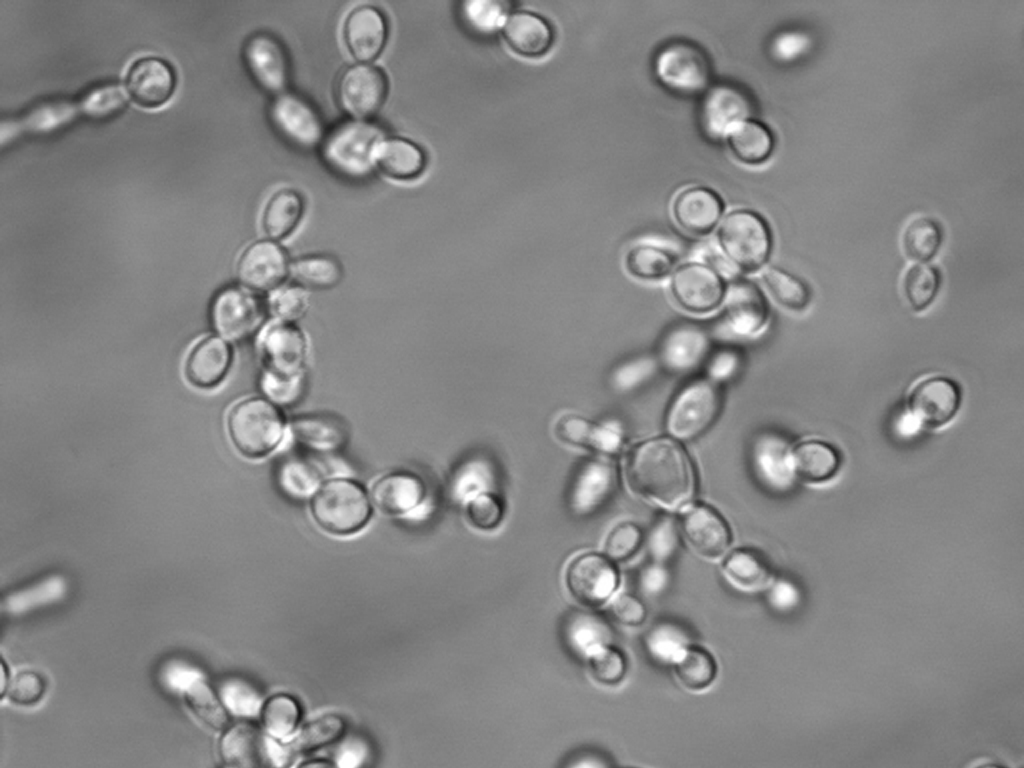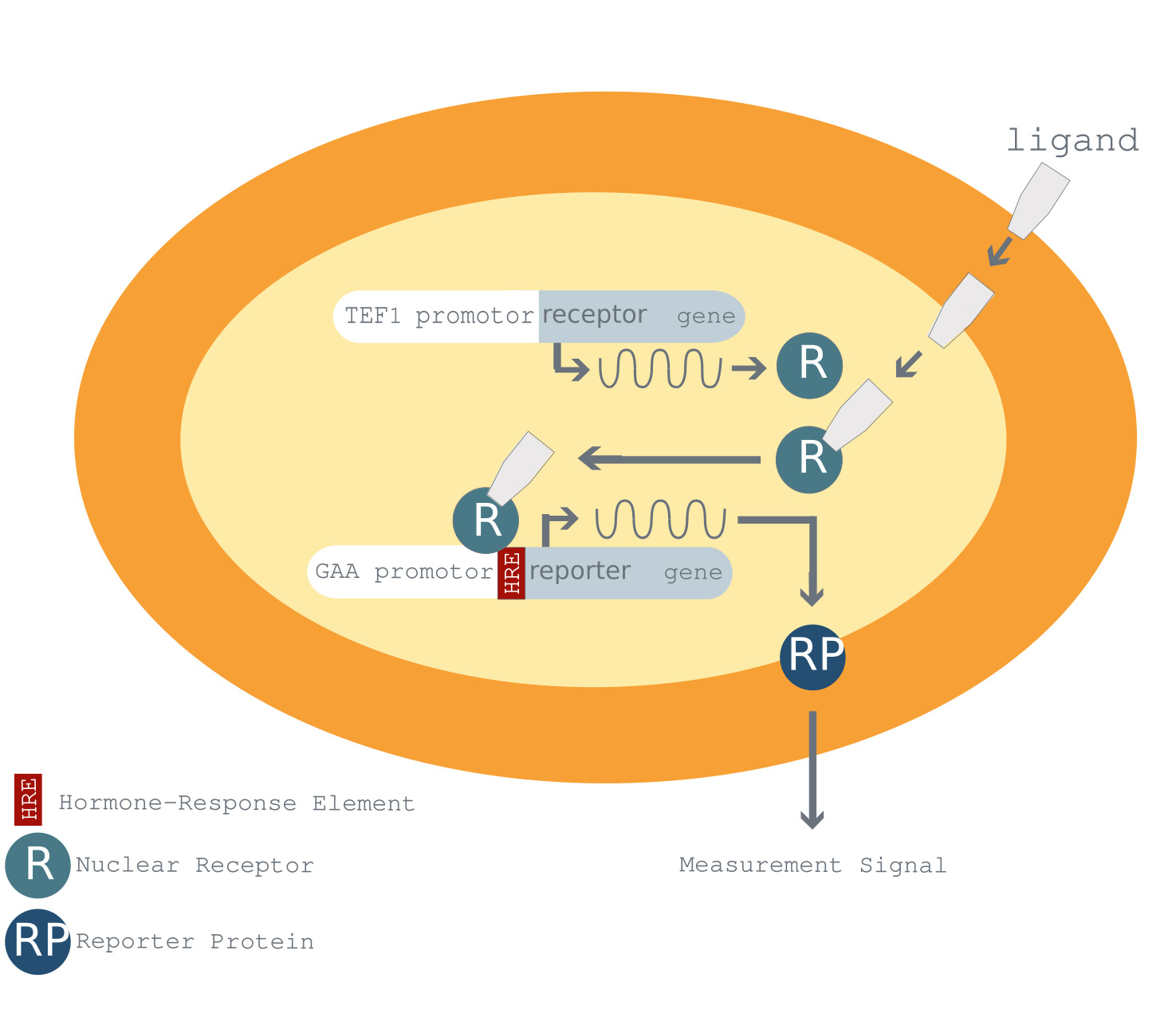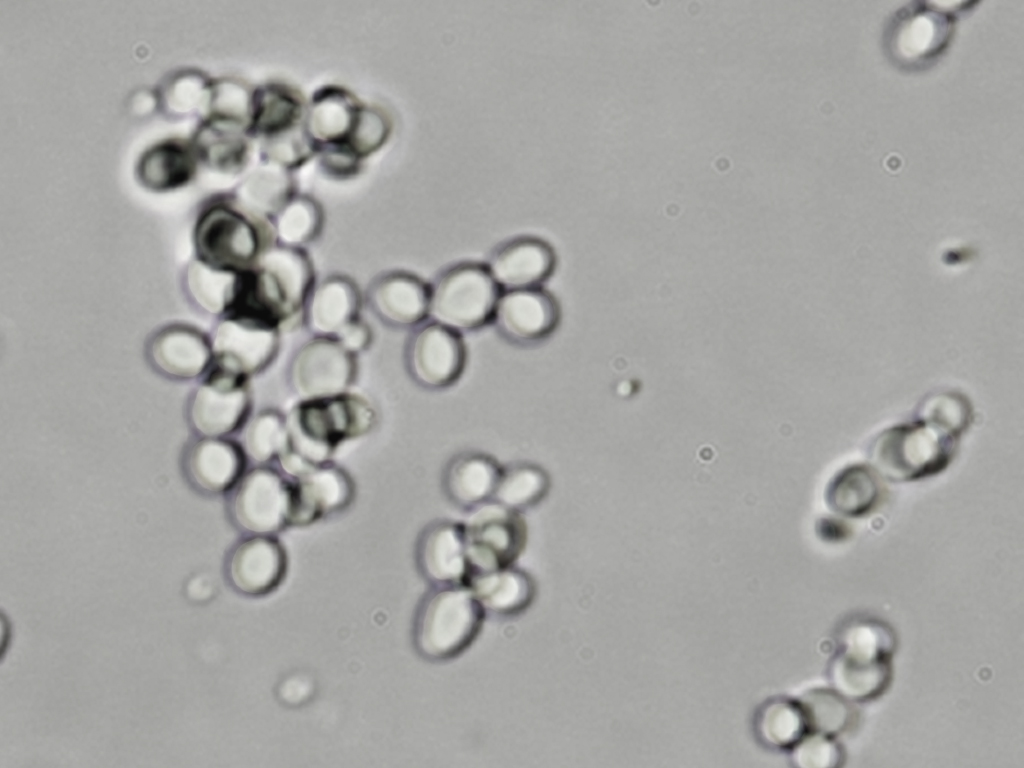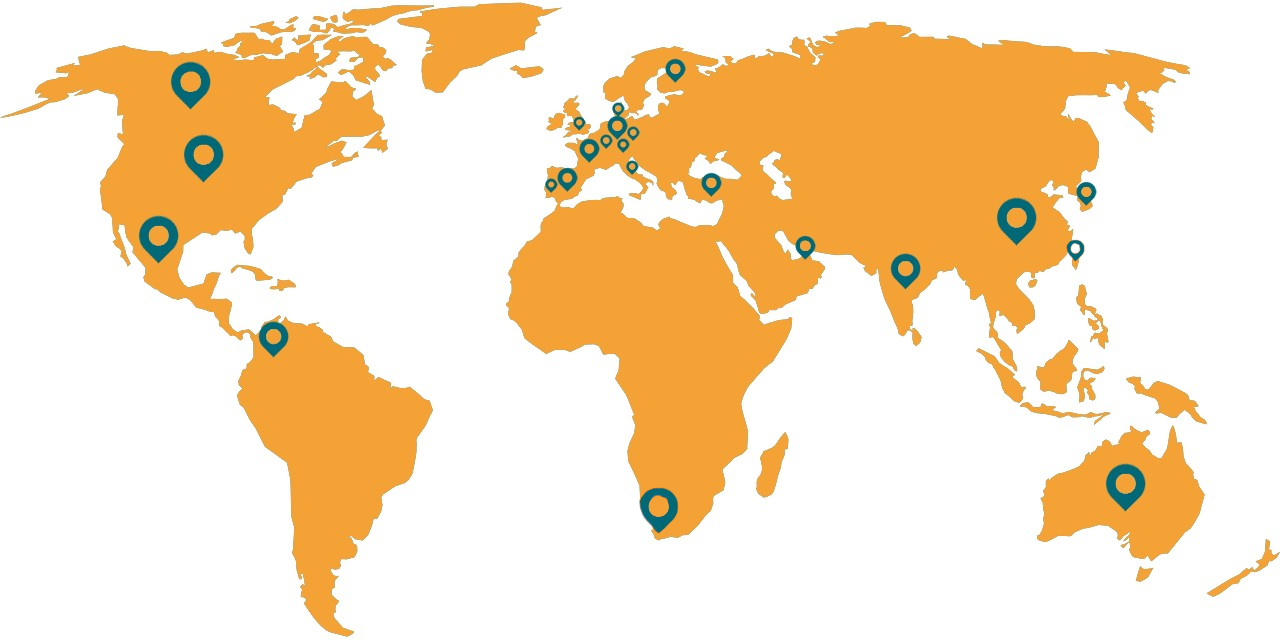Effect-based measurement (EBM) employs sophisticated bioassays to detect the biological activity of complex samples. Unlike target chemical analysis, EBM assesses the cumulative effects of known and unknown compounds, enabling the identification of toxicological endpoints such as endocrine disruption or cytotoxicity. It is a key tool in environmental monitoring and risk assessment. In the meantime, this methodical approach has been successfully adopted across a wide range of industries including food and food contact materials, recyclates, personal care products, and many more. Go to our web shop
For effect-based analysis of hormonal and endocrine activities, we employ two genetically modified yeast species as biological measuring components. These organisms serve as sensitive and stable yeast cell biosensors. The species Arxula adeninivorans (Blastobotrys raffinosifermentans) and Saccharomyces cerevisiae have demonstrated high reliability and performance in this application and can now be regarded as our valued pets. Go to our web shop.
Arxula adeninivorans
Arxula adeninivorans meanwhile nenamed in Blastobotrys raffinosifermentas is a dimorphic, non-pathogenic yeast species belonging to the Ascomycota phylum. It is notable for its metabolic versatility, thermotolerance, and ability to utilize a wide range of carbon and nitrogen sources, including purines like adenine.
Due to its robust growth characteristics and genetic accessibility, A. adeninivorans has emerged as a promising host for recombinant protein production and various biotechnological applications, including biotransformation and biosensor development.
Genetic engineering
In Arxula adeninivorans, the stable genomic integration of a human steroid receptor gene under the control of a constitutive promoter is the first step in biosensor design. If a target ligand is present in the cultivation medium, it can enter the cell by passive diffusion through the membrane and bind to the receptor.
This binding event induces a conformational change that allows the homo- or heterodimerization of the receptor in the cytoplasm. The nuclear localization signal of the receptor will then allow the translocation of the receptor dimer into the nucleus to bind to its DNA response element, thus initiating transcription factor activity.
As a result a reporter gene is activated leading to the production of an enzyme or protein which can be measured (Please see section mode of detection). The whole mechanism is presented schematically in the left figure for the A. adeninivorans biosensor used in the A-YES.
Saccharomyces cerevisiae
Saccharomyces cerevisiae is a unicellular, eukaryotic yeast widely used as a model organism in molecular and cell biology. It is best known for its role in baking, brewing, and bioethanol production.
As one of the first eukaryotes to have its genome fully sequenced, S. cerevisiae has become a key system for studying genetics, metabolic regulation, and recombinant protein expression. Its ease of genetic manipulation and well-characterized biology make it a cornerstone of biotechnology and synthetic biology.
Genetic engineering
In Saccharomyces cerevisiae, an appropriate plasmid is used for the the integration of a human steroid receptor gene under the control of a constitutive or an inducible promoter. If a target ligand is present in the cultivation medium, it can enter the cell by passive diffusion through the membrane and bind to the receptor.
This binding event induces a conformational change that allows the homo- or heterodimerization of the receptor in the cytoplasm. The receptor dimer bind to its DNA response element which is located upstream of an inducible promotor on a second plasmid, thus initiating transcription factor activity.
As a result a reporter gene is activated leading to the production of an enzyme or protein which can be measured (Please see section mode of detection). The whole mechanism is presented schematically in the left figure for the S-YES. Nearly all of our Saccharomyces cerevisiae-based biosensors utilize a third or fourth plasmid harboring one or more integrated cofactor genes, whose gene products are required to stabilize the receptor complex.
To meet a broad range of application needs, our yeast biosensors utilizing various detection principles. Depending on test requirements and sample characteristics, customers can choose between robust, easy-to-use formats and highly sensitive assays - ranging from qualitative screening to precise quantification of endocrine activity. Go to our web shop
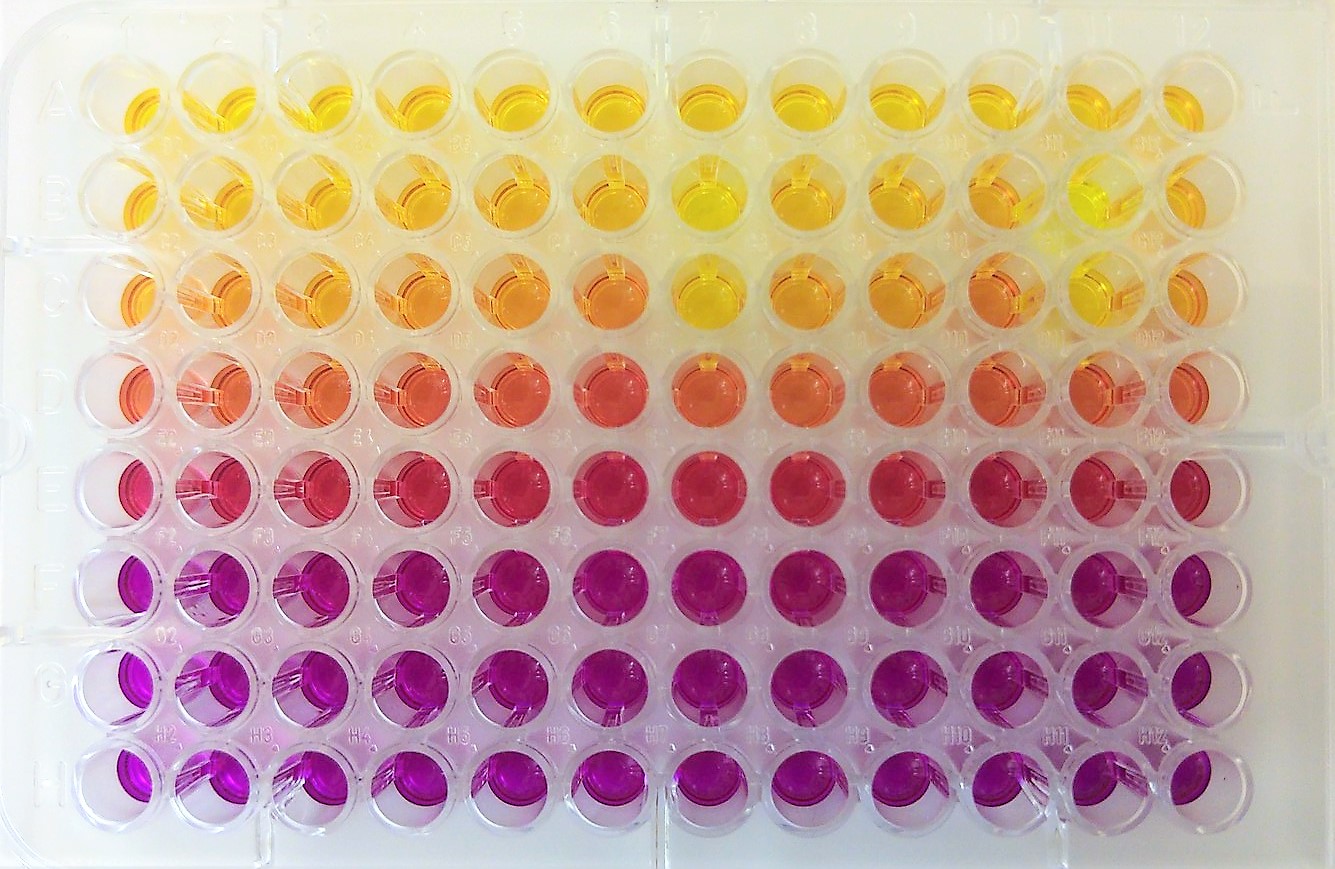
Absorbance
The detection is performed photometrical after reaction of the used reporter enzyme with a chromogenic substrate.
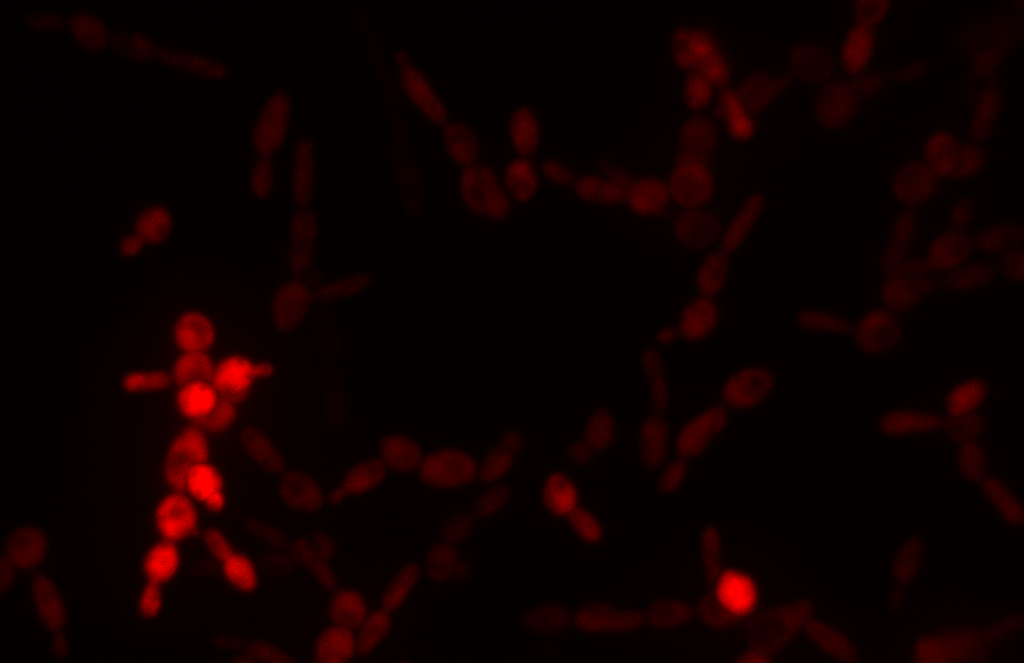
Fluorescence
The fluorescence can be measured directly in the microplate after the incubation step without any additional substrate.

Luminescence
The luminescence (light emission) can be measured directly after the firefly luciferase reaction with d-luciferine.
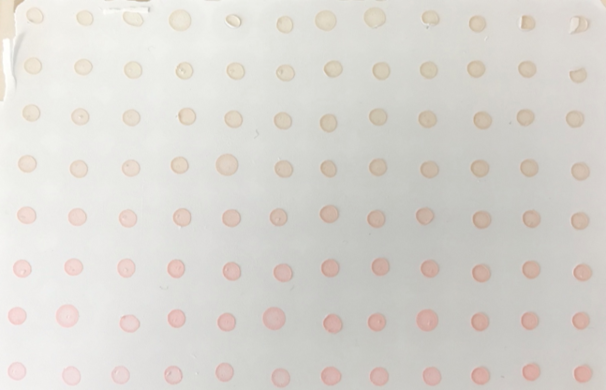
Visual
Qualitative assessment of the results immediately after the incubation step without any further reporter enzyme reaction.
Ready-to-use
Do you want to immediately start your experiment without needing to prepare extra material and reagents? All relevant solutions and consumables are included for working with one 96-well plate. Simply unpack and start your analysis!
Eco / Plus Test Kit
Is cost a concern, but you have consumables in stock and time to prepare reagents? For high demand and routine analysis, we offer eco test kits or plus test kits (only S-YESᴹᴰ). Benefit from this economical test kit variant containing only the relevant components.
Flexible choice of components
Do you need more or fewer than 96 tests and maximum flexibility for your experiments? Personalize the components of our test kits and the quantity according to your analysis design and time plan. Take advantage of the customized prices.


